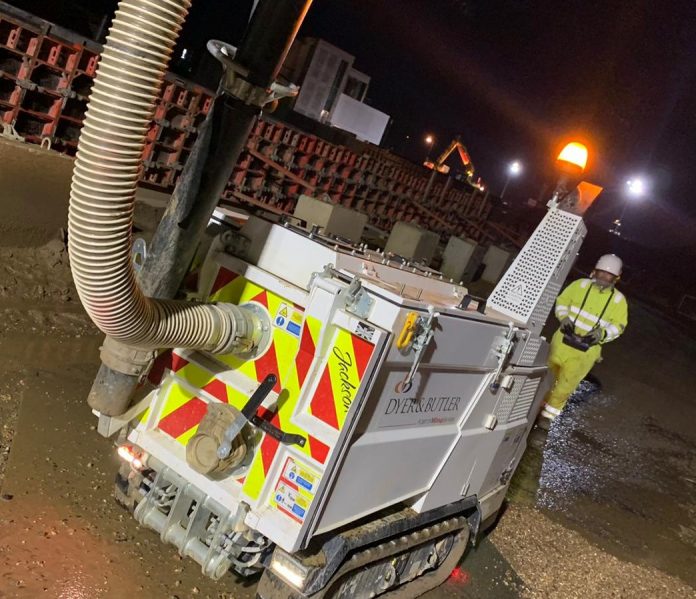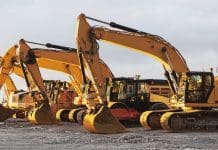Dyer & Butler, a part of the M Group Services Transport Division, has introduced a fleet of remote-controlled, miniature vacuum excavators to its plant and fleet portfolio, enhancing its excavation safety procedures
Following its investment in the new excavators, procured and supplied by M Group Services Plant & Fleet Solutions, Dyer and Butler has mandated use of the machines as the primary solution in the hierarchy of control.
Training on the excavators has been delivered to teams across Dyer & Butler’s highways, aviation and rail divisions.
The AIR-VAC II excavators were piloted by Dyer & Butler teams working on the remodelling of a road junction, heavily congested with underground services, as part of works to form the Eastern Access route into the 88-acre ‘Green Quarter’ regeneration project in Ealing, West London.
A ‘game changer’ for the delivery of safe excavation
Steve Broom, safety, sustainability and training director at Dyer & Butler, said: “The risk of injury, incidents and disruption caused by damage to underground services is an ever present threat in our sector and we continually invest to enhance our working processes, training and equipment to ensure that our approach to working in these complex environments is both safe and innovative.
“The introduction of the AIR-VAC II excavators has been a game-changer in the delivery of safe excavation, enabling our teams to work carefully, considerately and effectively in and around underground services.
“We believe that these machines, coupled with our experience and knowledge of safe excavation procedures around underground services, provides Dyer & Butler with a unique advantage in the delivery of schemes such as this.”
Richard Walker, managing director at Dyer & Butler, added: “These compact and manoeuvrable excavators, along with enhanced excavation safety procedures and our further investment in flame arc clothing, is delivering significant benefits across our organisation.
“Our adoption of this technology ensures that services are safely exposed and reduces the potential risk of utility strikes, as well as minimising the potential for significant disruption, environmental damage and expensive delays to projects.”















